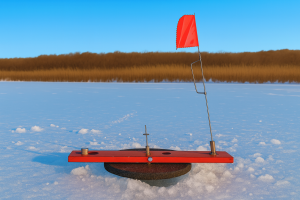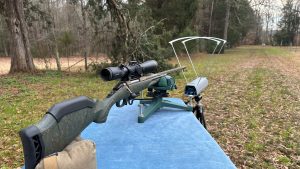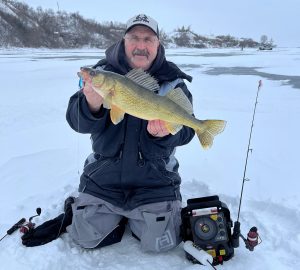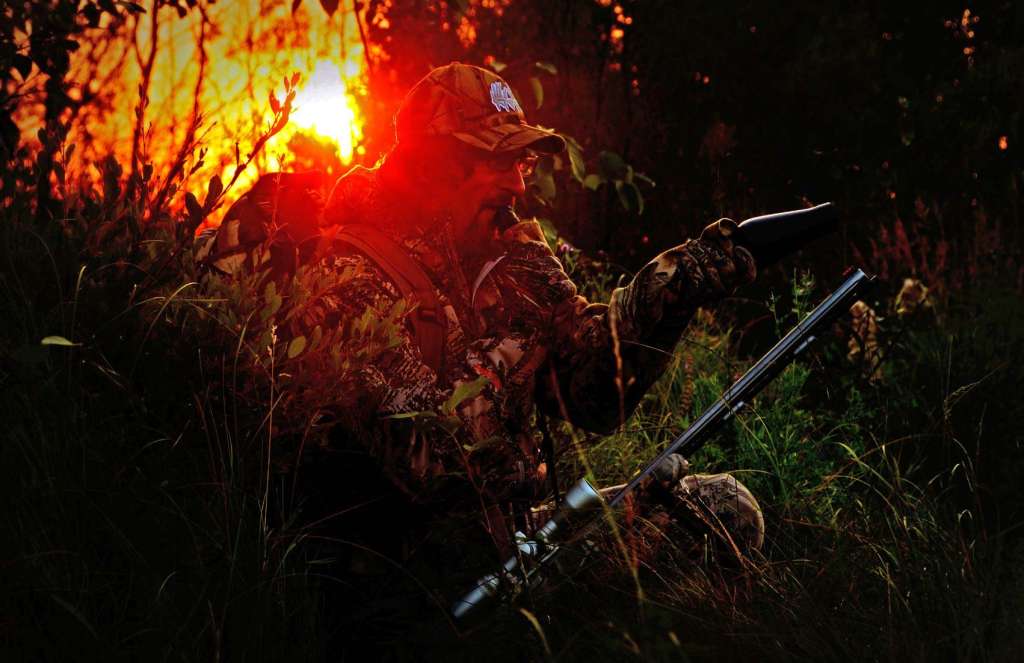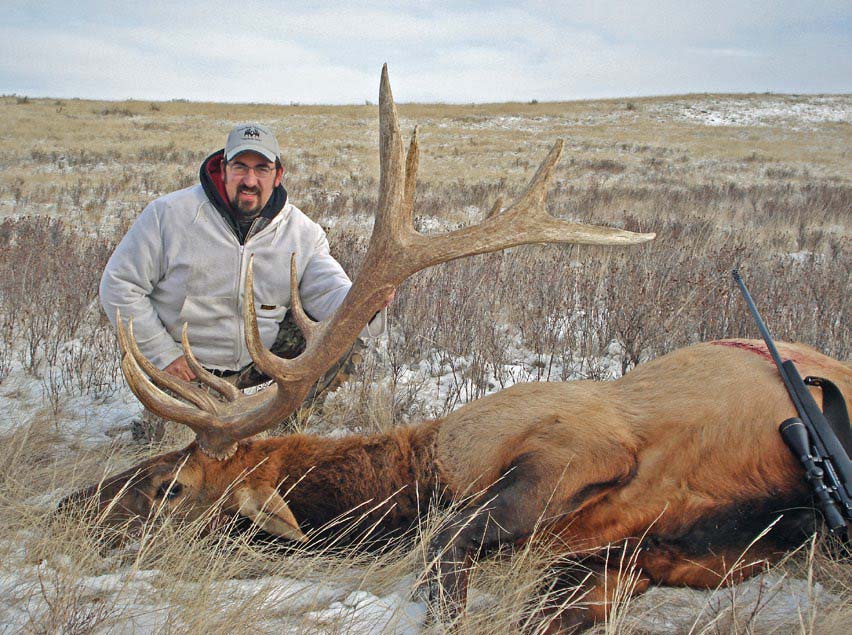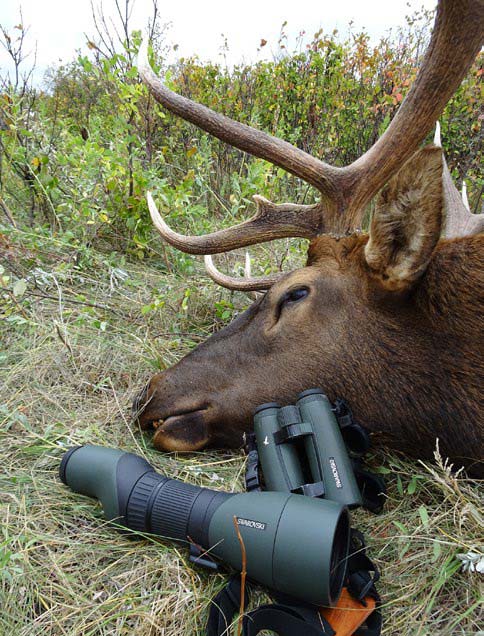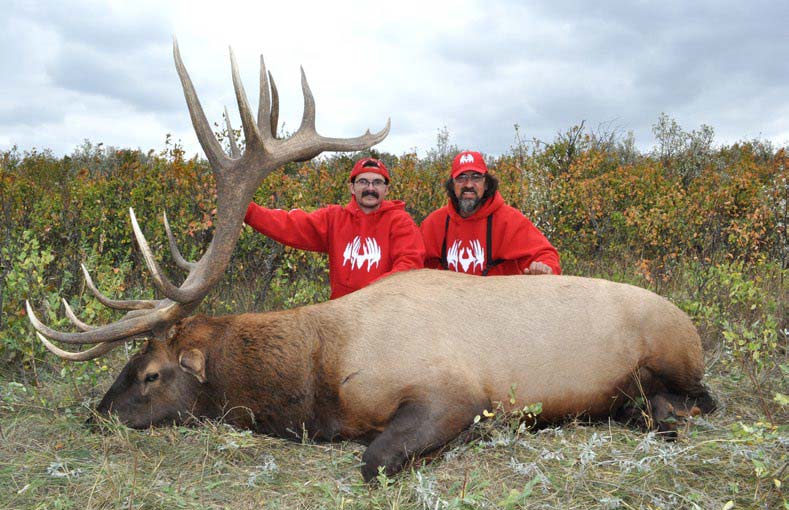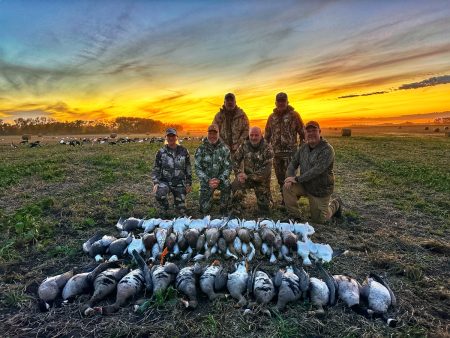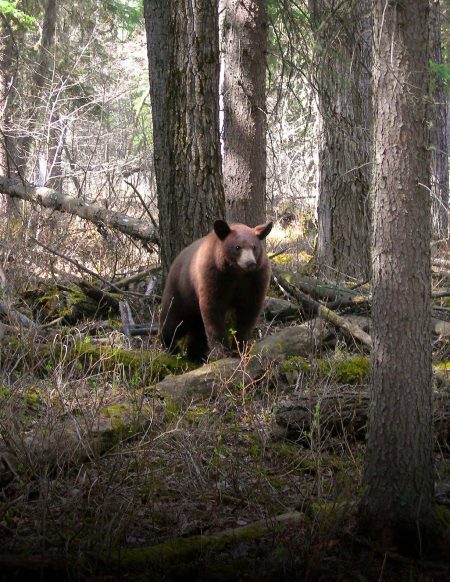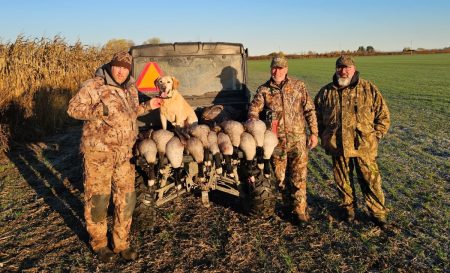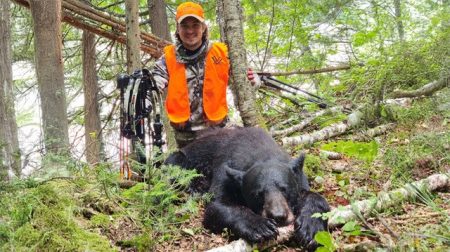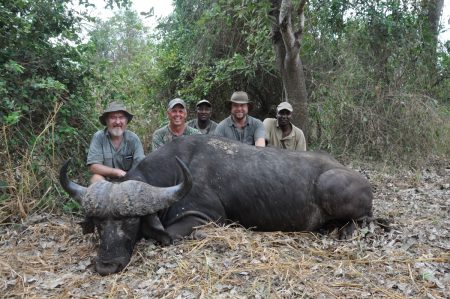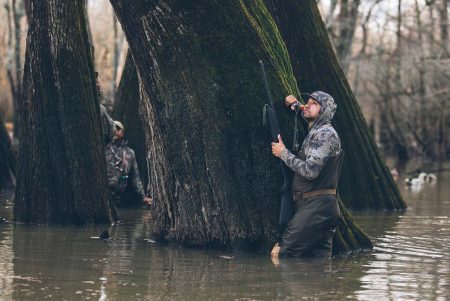I don’t know if there is anything more exciting than hunting elk in the peak of the rut… I’ve heard my share of elk bugles over the years, but it’s a sound that still gives me goosebumps. There is just nothing quite like that raspy shriek breaking the morning and evening silence, after hearing it once, you’re wrecked for life.
Elk have seemingly evolved over the years in many places, becoming less vocal and harder to hunt most likely due to a combination of increased hunting pressure and more people trying to call, especially way before a bull is even thinking about the rut.
There are few animals smarter than a big bull elk, making them extremely hard to hunt, but the rut is one time they can slip up and in the prairies and parkland regions, there is more open country to watch for these magnificent animals. We have to be ready when the chance arises and take advantage of their rare slips-ups.
Be Prepared
Spend time at the range, know your rifle, your capabilities and your distances. These Elk are big animals and you want to make sure you make it count when the time comes. I shoot a .300 Weatherby for Elk, but there are many awesome calibers out there more than adequate to do the job.
Be confident in your shots, these are tough critters and can suck up a pile of lead if not hit right and tracking an elk isn’t much fun. Being prepared is a must, not only for peace of mind, but to make sure you can do the job in short order.
Where are They?
Locating the herd before the hunt is one of the keys to success. In the Prairies and Parkland hunting elk is different then the deep timber, in many of these areas you can use your optics to glass for them at first and last light when they are on the move, by getting to a high vantage point and sitting with your binos and a good spotting scope/tripod, with a phone skope, which is essential in taking pictures from a long distance through your spotting scope, letting you judge bulls easier.
Good optics are an absolute must and those lowlight conditions at first and last light is when you will catch these big boys out touring in the rut. In times like these, I rely on my Swarovski EL Range 10X42 binos, not only for their incredible lowlight vision, but also for their ranging abilities as shots can be tough to judge in this open country without them. For a spotting scope I have a Swarovski STX85, nothing that I have ever looked through has the light gathering technology like this scope, it can be almost dark and I can still pick an elk out like a sore thumb. When to Bugle – Friend or Foe
A bull elk can make many different sounding bugles and I’ve watched some big bulls make the most god awful bugles you have ever heard, while other times watched a young bull make the raspiest nasty bugle that you would swear came out of a Boone & Crockett Bull if you hadn’t watched the sounds come out of the punk bull yourself.
I’ve found over my years of calling; I’ve had more luck imitating a smaller bull than a rank old monarch. I believe that the weaker sounding bugles attract more Bulls, while the gnarly old raspy sounding bugles will scare off some Bulls and even make the biggest of the Bulls a little hesitant. Shorter bugles seem to be the ticket unless you have that perfect scenario unfolding before you with a nasty herd bull, then the raspier the better.
My favorite technique is to get a Bull bugling, then wait and cut him off with a bugle of your own about half way through his. Nothing seems to tick off a monster Bull more than that and is a great way to have him lose his senses and come flying in to see who dare not let him finish speaking.
But the biggest thing to remember, is DO NOT overcall… I have seen it so many times, all you are doing is educating an already smart animal. Of course there are exceptions, when you have one coming in from a great distance and he keeps responding, then don’t stop, but remember, less is more in most circumstances.
Team Up
If you have the option of having someone call for you, this can be a dynamite technique as it gives you the advantage of that extra distance, waiting in ambush down-wind of your partner as the bull will almost always try to circle, staying far enough away but focusing on the caller, giving you the upper hand.
I like to set up about 75 yards from my caller trying to pick the best spot with key shooting lanes, giving you the best bet for success. It can work amazing and when the Bulls come in bugling, sometimes a little chirp from your caller’s bugle or a cow call will convince them to close those last few yards to give you that shot. Of course always be ready, I’ve been busted by many bulls using that silent approach, coming in completely quietly to assess the situation. So always be on guard, things can happen in a split second and when you least expect it.
Decoying – Carefully
A cow elk decoy can work like magic to suck that rutcrazed bull into range, with his eyes on the prize, letting his guard down just enough to give you the opportunity you’re waiting for. Elk are incredibly wary and any little advantage we can pull out of our bag of tricks will help us in the long run.
Not only does a cow decoy distract the Bull’s attention from us, but it also makes him think he has a chance to add one more female to add to his list. I like to place the decoy about 30-40 yards from me in a clear lane and spray some cow-in-heat scent on it to drive the Bull crazy. A few cow calls in this situation will only help and if that Bull keys in on the decoy, his rutcrazed mind will bring him right to you.
But be careful if you are in an area with other hunters, be sure to stay far enough away from your decoys, just in case. I have called in other hunters before with my bugle, but have had a hunter shoot a whitetail decoy we had out once and it’s as scary as it gets. Be safe and extra careful if planning to use a decoy, I always kept it for archery hunting, as by the time a hunter is close enough, I would hope he realizes.!
Closing In
When you have called that Bull in close, but he just won’t close those last yards to give you a shot it’s time to change things up. I always like having a big branch close by that I can rub aggressively on a tree, making plenty of noise, breaking branches and mimicking the sounds of another aggressive Bull that has somehow snuck right into his bubble. This will sometimes be the straw that broke the camel’s back and the monster Bull won’t be able to contain himself.
I also love cupping my hand and tapping it over the end of my bugle tube, it makes a “glunking” sound and imitates a sound that a big Bull makes while checking out his cows deciding which one to breed and will many times suck that Bull into committing himself.
When to Move
Once I get a Bull responding, but not coming any closer, I like to make a move playing the wind and trying my best to head on a path that will take me right to him bugling along the way. Sometimes a Bull will hold his ground not wanting to leave his harem, but if he thinks there’s a bull coming straight at him for a challenge to try and take away his girls’, there’s a good chance he may just come hot and heavy to challenge his opponent, ready for a fight.
Head towards him and when he bugles, cut him off with a bugle of your own. Try your best to make him angry as this will drive him over the edge, letting his guard down and giving you a chance to make it count. If he doesn’t come at first keep working towards him, waiting until he bugles and cut him off again.
Just make sure once you’re getting close to be prepared and ready, because things can happen fast and there’s nothing worse than getting caught with your pants down by a big ol’ massive Bull.
Practicing
With the phenomenal calls we are lucky enough to have in today’s market, there is no excuse to be a poor caller. Don’t call to hear yourself call. I think some elk hunters like hearing themselves bugle more than actually bugling to call in a bull. Keep your bugles short but sweet, not those long-winded ones until you’re out of breath.
Watch some videos to learn some tricks or better yet if you ever have a chance to head somewhere where you can witness elk in the rut undisturbed by hunting pressure, it can be a great learning tool.
I’ve been lucky enough to spend many hours in their backyard listening to the bull’s bugle, the cows talk and the mingling of the herd in the rut. I learned so much by watching and listening, it is something that you should try to do. Believe me, you won’t regret it.
Trail Cameras
Trail cams are your friend and can help you locate a herd of elk, as they tend to travel the same spots year in and year out. So it might not help you this year, but it will be a tool to plan for the next season.
Your camera is a very helpful tool, providing you with the keys you may need to put the pieces of the puzzle together. From travel routes, times when they are on the move and what kind of bulls are in the area, trail cams are worth their weight in gold, with the new technology from Spypoint Trail Cameras, you can convert your older cameras to cellular cameras or scoop one of their new LINK cameras, which sends the pics directly to your phone, through their app, which is an excellent way of knowing what you can expect without stepping a foot into their bedroom.
Pursuing Prairie and Parkland Elk is something almost every hunter dreams about when September rolls around. We are blessed in Western Canada with great opportunities for elk and once you’ve heard a raspy bugle from a massive old Bull, you will long for your next elk adventure. For a hunter, there are few things that will give you that rush of adrenalin you will get from a big Bull Elk, something I hope each and every hunter will have the chance to witness first hand at least once in their lifetime.
By Jeff Schlachter
Per our affiliate disclosure, we may earn revenue from the products available on this page. To learn more about how we test gear, click here.

